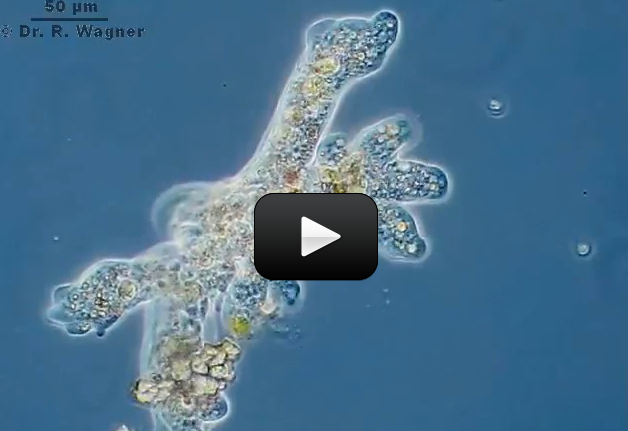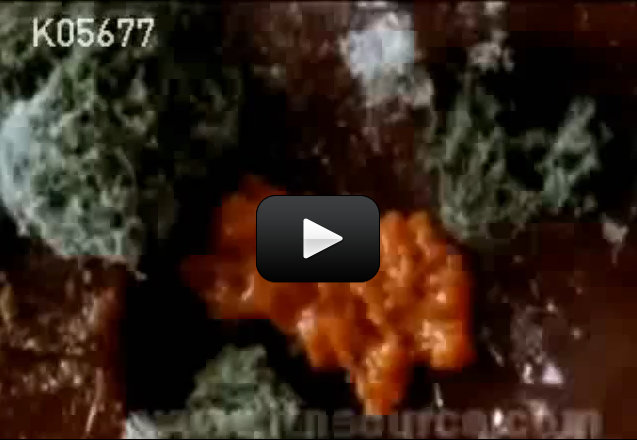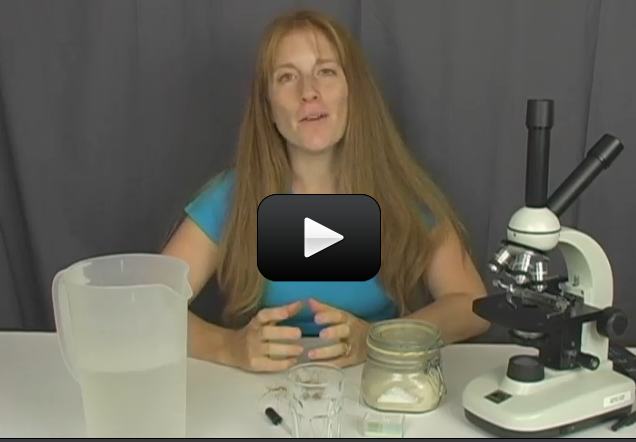If you have ever seen mold growing on an old loaf of bread or eaten a mushroom, you have encountered a fungus. Fungi (that’s the plural of fungus) are a group of organisms, or living things, that are all around us. Mold on bread and mushrooms on pizza are both examples of fungi.
Fungi have an important job. They help break down other material, so that living things are able to grow in soil. This helps make nutritious foods for other organisms. Fungi are needed for life!
Do you think mushrooms are plants? Scientists used to think that all fungi were plants. Now they know that there are some very important different between these two groups of organisms. One of the most important differences is that plants are autotrophic. This means that they can make their own food, just by using the sunlight. Fungi can’t do this. They have to “eat” other living things in order to get the energy they need. This is called being heterotrophic.
Please login or register to read the rest of this content.




